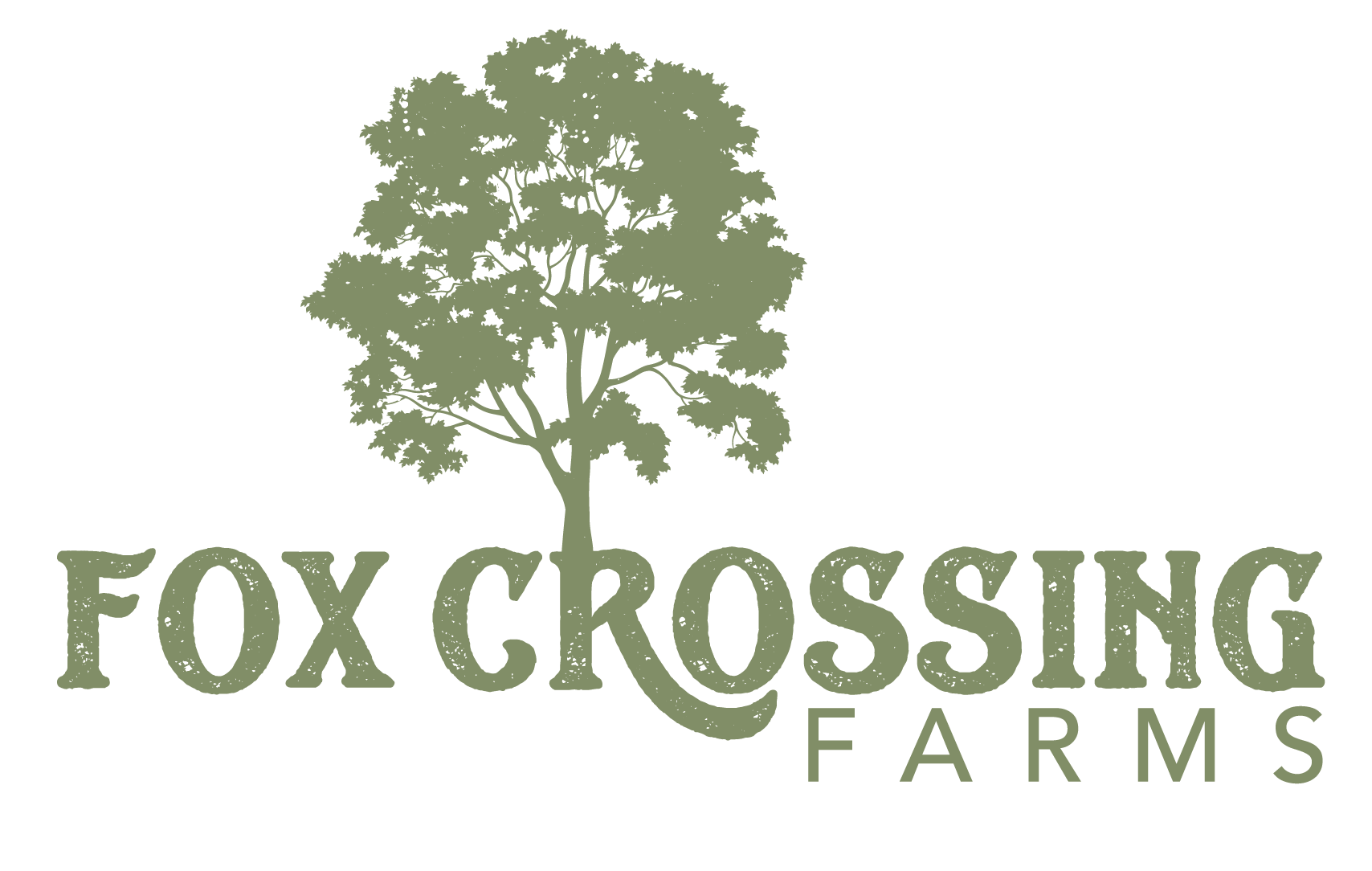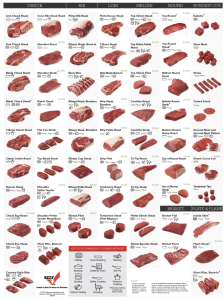We understand that the idea of purchasing a 1/4 or half of a steer or hog can be overwhelming. We are here to guide you every step of the way during this journey. We promise to provide you with the knowledge and support you need to make a lasting change.
Before you dive in, make sure you have enough freezer space.We recommend using 1/2 of an upright freezer for a 1/4 of a steer or half of a hog. Why upright freezers? They allow you to access your meat without needing to move it around, ensuring you can conveniently retrieve that smoked ham hock without moving 15 pounds of ground meat. While not mandatory, consider having a generator on hand to keep your freezer running. While your meat will stay frozen for a couple of days if the freezer is predominantly filled with beef and pork, it’s always good to be prepared. Also, contact your insurance provider to inquire about coverage for freezer and refrigerator food spoilage.
Are you ready to embark on this educational journey and calculate the total cost?
Why Buy Local?
Buying local offers numerous benefits:
- Fresher meat from known sources with transparent farming practices.
- Superior taste compared to commercial options.
- Supports a robust local supply chain involving various community members such as farmers, nutritionists, bankers, truckers, veterinarians, and more.
- Avoids supporting large commercial producers who may prioritize profit over quality and local economy.
- Commercial meat often includes additives, may lack clear origin labeling, and may have poor animal welfare standards, unlike local products.
What is Hanging Weight?
About the Ordering Process
What Cuts Do You Get?
Beef Cuts
Pork Cuts
The Pork Council has a lot of info on cuts and cooking. Here is that link.
About Processor Inspections
920.355.3276 (FARM)
info@foxcrossingfarms.com

